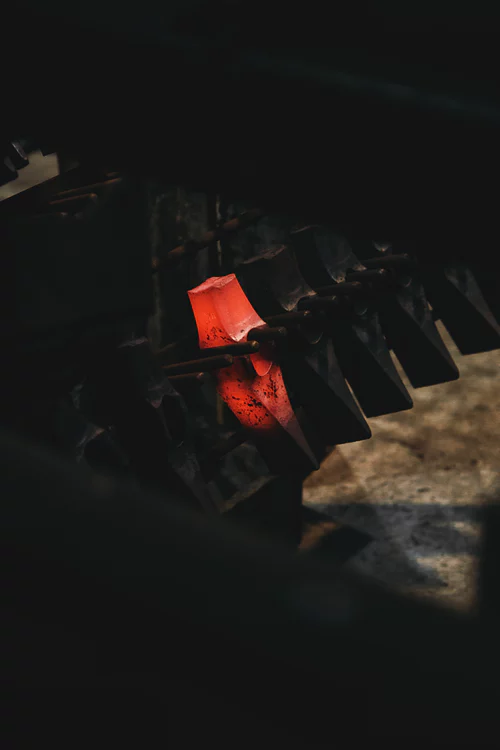Flooring is one of the most important design choices in any home. It needs to be stylish, comfortable underfoot, and durable enough to withstand daily life. For many homeowners, laminate flooring strikes the perfect balance between practicality and style, offering an affordable yet attractive alternative to natural wood or stone.
What is Laminate Flooring?
A multi-layered product called laminate flooring is made to resemble natural materials like tile, stone, or hardwood. A high-density fibreboard (HDF) core, a photographic layer that supplies the pattern, and a protective top coating that prevents scratches, stains, and wear are its usual components. Laminate can mimic high-end flooring types at a fraction of the price thanks to its ingenious manufacture.
Why Choose Laminate Flooring?
1. Affordability
One of the key benefits of laminate is its cost-effectiveness. It offers the look and feel of hardwood or stone without the premium price tag, making it a popular choice for budget-conscious homeowners.
2. Durability
Laminate flooring resists stains, dents, and scratches because of its protective surface layer. Because of this, it’s a great choice for hectic homes with kids, dogs, or plenty of foot activity.
3. Easy Installation
The majority of laminate flooring has a straightforward click-lock mechanism that enables plank installation without the need for glue or nails. This makes it a popular choice for do-it-yourself jobs and a speedier solution for qualified fitters.
4. Low Maintenance
Laminate is simple to maintain and clean. To maintain its appearance, regular sweeping and the odd mop are typically sufficient. It doesn’t need to be sanded, polished, or refinished as genuine wood does.
5. Design Versatility
Laminate flooring is available in a variety of designs, including light oak effects, deep walnut finishes, and even modern grey tones. Modern laminates capture the textures and patterns of natural materials more realistically than ever before because to advancements in printing technology.
Where Can Laminate Be Used?
The majority of rooms in the house, including dining rooms, living rooms, hallways, and bedrooms, can have laminate flooring. Although conventional laminate is not waterproof, more recent types that are both water-resistant and waterproof allow laminate to be used in bathrooms and kitchens.
Things to Consider
While laminate is highly durable, it is not indestructible. Heavy water exposure can cause swelling or warping, so spills should be cleaned promptly. Additionally, while it mimics the look of wood, it doesn’t have the same natural warmth or value as solid hardwood.
A Smart and Stylish Choice
Since its creation, laminate flooring has advanced significantly. It is now a fashionable, adaptable, and useful option for contemporary life. Laminate flooring blends in well with daily life by providing the beauty of natural materials with extra durability and ease.



